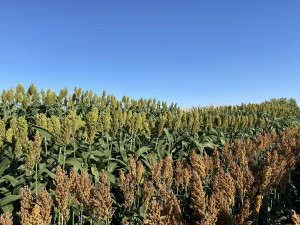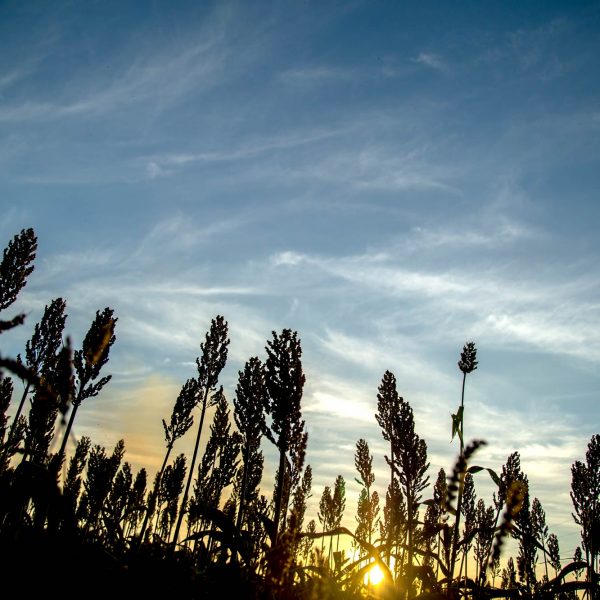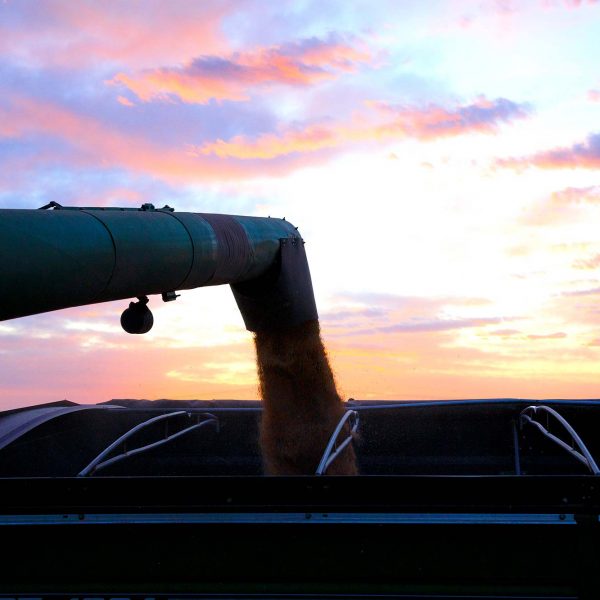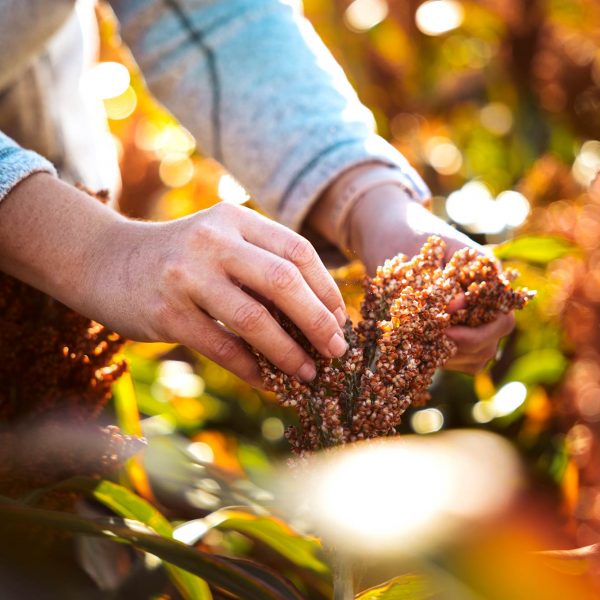
Dual Purpose Sorghum and Loan Deficiency Payment (LDP) Qualification
Dual Purpose Sorghum and Loan Deficiency Payment (LDP) Qualification
Brent Bean, Sorghum Checkoff Director of Agronomy
In the U.S., sorghum is typically grown as a grain or forage crop. As such, sorghum breeders have developed varieties that are specific to each use. Grain sorghum, often referred to as milo, is typically grown for its seed, which is used in livestock rations, ethanol production and increasingly pet and human food. Forage sorghum, on the other hand, is grown for silage, hay or grazing for cattle and other livestock.
Some sorghum varieties, however, can serve both purposes. These dual-purpose varieties offer growers flexibility in how the crop is harvested and utilized.
The classification becomes especially important with growers who are growing sorghum for silage. The Farm Service Agency (FSA) maintains a list of varieties that meet their definition of dual purpose for growers who are seeking Loan Deficiency Payments (LDPs) and Marketing Assistance Loans (MALs). Forage is only eligible for LDP. This list is provided to State and County Offices for assigning yields for dual purpose varieties that are harvested for a purpose other than grain.

The FSA list is divided into five groups:
- Dual purpose, having a yield potential equal to 100 percent of grain hybrid varieties
- Dual purpose, having a yield potential equal to 80 percent of grain hybrid varieties
- Sterile varieties
- Photoperiod sensitive varieties
- Ineligible varieties
The first two groups are the most often referenced. Dual purpose grain sorghum varieties are added to the 100 percent yield potential table when the specific variety is in a documented field trial conducted by an unbiased third party, and has a grain yield equal or greater to a set yield. This set yield has historically been 80 percent of a standard representative grain sorghum hybrid planted in the trial for comparison.
If the yield of the variety falls short of 80 percent of the standard grain sorghum variety, yet produces seed that could be sold as typical grain sorghum, then historically FSA places the variety in the 80 percent yield potential table.
FSA has been using the annual Texas A&M AgriLife Bushland Forage Sorghum Silage Trial to determine eligibility as dual purpose sorghum and placement of the variety in one of these tables. Seed companies must include their varieties in this trial and request grain yield be collected and compared to the standard grain sorghum variety in the trial. These results are then sent to the FSA.




